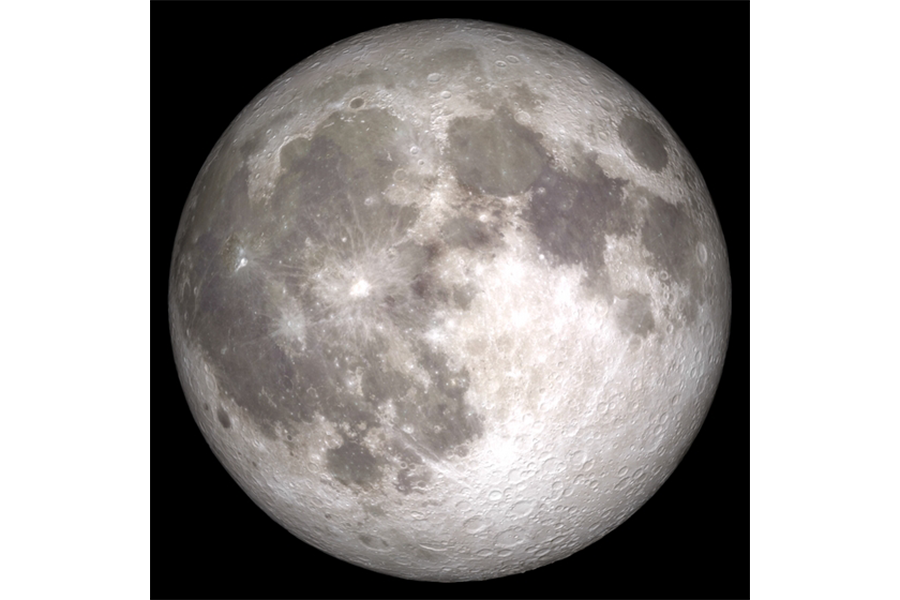What's a 'pink moon,' anyway?
Loading...
Friday night's spring full moon may have been dubbed the "pink moon," but those who are looking forward to seeing it may be in for a surprise: despite the name, it is not, in fact, pink.
And unlike the "blood moon" that occurred in the fall, this pink moon is a regular event. The yearly event gets its name from native Americans, who likely associated the event with the annual blooming of pink phlox, one of spring's first flowers. Other names for the moon include the egg moon and the fish moon.
Many native American tribes, including the Algonquins that lived throughout New England, named the full moon as a way of marking seasonal changes. It was their way of keeping a calendar as they did not follow the Julian or Gregorian system of tracking time. When colonial Americans came into contact with these tribes, they would frequently adopt the full moon names that were already in use.
While the moon tonight may not be pink, it will look very small. That's because this full moon occurs when the moon and Earth are at their greatest distance apart, or what's known in astronomy as the apogee. (Super moons occur when the moon is in perigee, the point in its orbit that brings it closest to Earth.)
A lunar month occurs over the approximately 30-day period when the moon orbits from apogee to apogee and back again. It might also look extremely bright, as the moon will be illuminated by the sun with the Earth lined up in between.
Full moons that occur at other times of year get their own special monikers, too. May's full moon is called the full flower moon, coming at a time when warm temperatures and sunny days signal this is a good time to start planting flowers and other crops. June's full moon is called the full strawberry moon, which fits perfectly with one of that month's fresh berry harvests.






